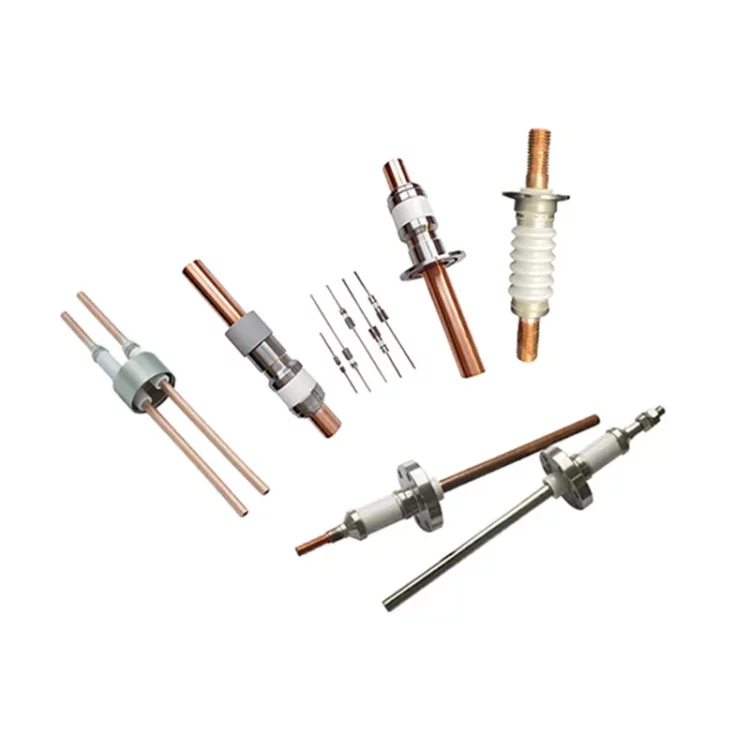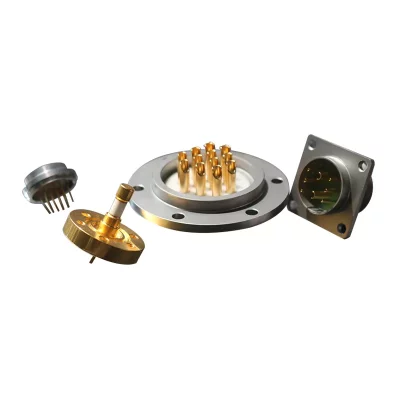Professional Feedthrough Customization Supplier
GORGEOUS provides customized ceramic-to-metal feedthroughs that provide excellent hermeticity and electrical isolation for customers’ high vacuum and ultra-high vacuum applications.
GORGEOUS’s customized feedthroughs are the ideal choice for all high-precision airtightness and electrical insulation applications.
Ceramic-to-metal feedthroughs combine the advantages of ceramics and metals, and still have very strong stability in extreme environments such as strong corrosion, high temperature, and low temperature.
GORGEOUS can choose different conductor, housing, and insulator materials according to customer needs, which is flexible and provides the best vacuum sealing application solutions.
GORGEOUS’ Feedthrough Products are Divided Into the Following Types:
GORGEOUS offers you power feedthroughs with rated voltages up to 5000 (5kV) - 12,000V (12kV) and up to 12 conductors. Solderable, CF and KF flange and baseplate mount versions are available.

RF Power Feedthroughs
GORGEOUS offers RF power feedthroughs rated up to 35Kw and frequencies up to 13.56MHz. They are available in weldable, CF and KF flange versions.
Thermocouple Feedthroughs
GORGEOUS provides thermocouple feedthroughs of various powers. Products include C type, E type, J type, K type, N type, etc.

Feedthrough Material Options
|
Component Category |
Optional Materials |
|
Insulator |
High purity alumina ceramics |
|
Metal |
|
|
Stainless steel |
|
|
Nickel |
|
|
Copper |
|
|
Nickel-iron alloy |
|
|
Cupronickel |
|
|
Molybdenum |
|
|
Brazing Materials
|
Silver-based alloy |
|
Copper |
|
|
Silver copper alloy |
|
|
Gold-Copper Alloy |
Feedthrough Applications
- Medical imaging equipment
- Vacuum furnace
- Laser system
- High energy physics experimental device
- Ion implantation equipment
- Ultra-high vacuum laboratory
- Aerospace electronic equipment
- Electromagnetic isolation system
- Superconductor research
- Nuclear fusion reactor
- Quantum computing equipment
- Magnetic resonance imaging (MRI)
- Gas laser
- Aerospace propulsion system
- Ultra-high frequency communication equipment
- Microwave heating system
- Inert gas welding equipment
- Deep space probe
- Laser spectrometer
- Magnetic field generation equipment
- Synchrotron









